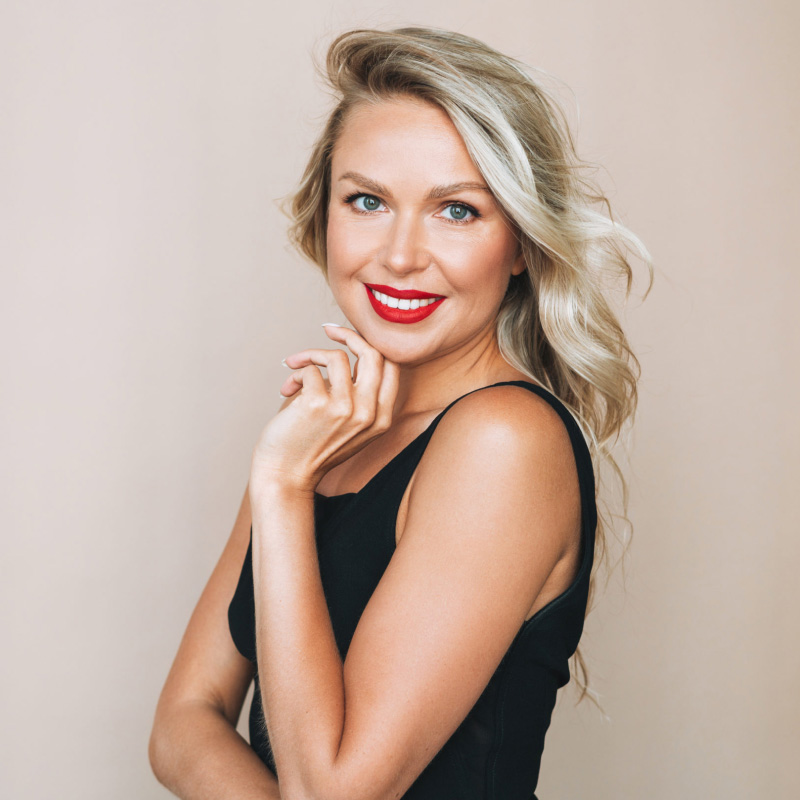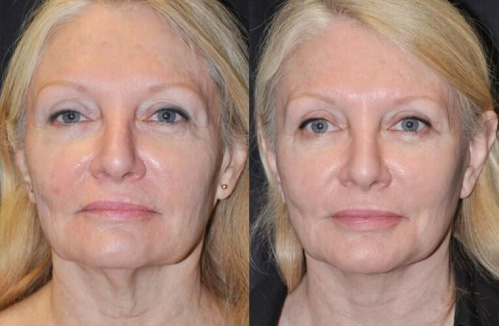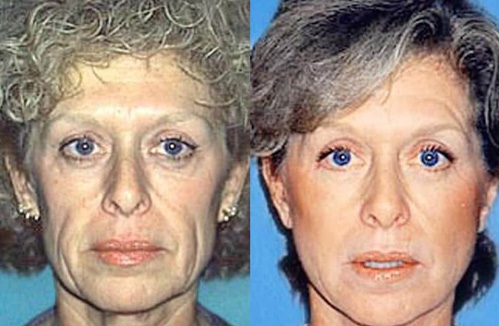Lala Lip Graft


Perfectly Pouty Lips with the Lala Lip Graft
Table of Contents
Shortcomings of Standardized Lip Augmentation Techniques
The overarching goal of any lip enhancement service is to create a lush, naturally-full lip appearance while avoiding the clichéd results associated with an overworked lip augmentation (i.e. swollen, puffy lips, “trout lip” deformities, “duck lips”). Although selecting a talented physician to perform your lip augmentation procedure is of crucial importance, even skilled practitioners are limited by the innate flaws of many popular lip augmentation options, as we have illustrated below:
- Synthetic Lip Implants: the unnatural feel and obvious composition/textural differences between the implanted artificial material and the actual lips is a source of frustration among many synthetic lip implant patients, which is why many of Dr. Moelleken’s patients come to him seeking revisional lip procedures, asking him to remove their synthetic lip implants before performing a more natural-looking lip augmentation technique.
- Autologous Fat Transfer: a labor-intensive process that can cause significant damage to the living network of fat cells, the autologous fat transfer method involves the extraction, purification, and subsequent re-injection of the patient’s own fat cells into the lips, and requires the physician to accurately anticipate and account for the number of fat cells that will not survive the transfer. Any miscalculations can lead to overcompensation, lumpiness in areas where the surviving fat cells are distributed unevenly, and/or the undesirable appearance of permanently swollen lips. This technique is also limited in its ability to produce long-term results, as patients will unavoidably experience a slow depletion of the graft material over time.
The most concerning aspect of the fat injection technique, however, is the potential development of unwelcome aesthetic changes to the lips. Because the fat is injected into the lips somewhat randomly, this increases the risk of unnatural clumping, and for the vermillion border of the lips to become dulled or asymmetrical. There have also been several disturbing reports and photos of lip injection patients whose lips swelled to alarming proportions as the patients gained weight.
- Semi-permanent or Silicone Filler Injections (i.e. Alloderm, Radiesse, Artefill, Radiance, Artecoll): fillers in this category have not been granted FDA-approval for placement in the lips, and have been linked to a number of chronic, potentially irreversible complications (i.e. “trout lip” distortions; blunting of the vermillion border; granuloma formation; permanent swelling of the lips; and other potentially disfiguring tissue deformities).
- Injectable Dermal Fillers: lip injections with a hyaluronic-acid based dermal filler (i.e. Juvederm or Restylane) is a relatively safe and effective lip augmentation technique; however, this method is limited in terms of long-term efficacy and provides only temporary enhancement of the lips. Periodic maintenance injections will need to be scheduled at regular intervals to maintain your results, which can become increasingly costly and inconvenient over time. Also, patients often remark that their lips never look quite the same after dermal filler injections—this is because the lip shape and size are perpetually in a state of flux, as the filler material has either just been placed, has begun to fade, or has been completely absorbed by the body.
Advantages of the Lala Lip Graft Technique
The LaLa Lip Graft is an outpatient procedure featuring Dr. Moelleken’s trademarked LiveFill® grafting method, and requires the meticulous placement of non-traumatized fascial-fat grafts (small strips of the patient’s own, living tissue) into the lips through tiny incisions around the corners of (and inside) the mouth. Unlike lip augmentation with temporary dermal fillers or artificial grafting materials, the tissue grafted during your customized LaLa Lip Graft is comprised of your own living tissues and blood vessels and will retain its structural integrity. This allows the healing process to begin immediately, as the blood is able to flow directly into the newly transplanted tissue. These key differences in technique and grafting material composition account for why LaLa Lip Graft results consistently pass the “kiss test;” are less likely to produce scarring, lip constriction, or dulling of the vermillion border; and look and feel so naturally soft and plump.
Your LaLa Lip Graft results will likely be permanent, provided you avoid toxic habits (i.e. smoking) during your postoperative recovery period. Long-term volume-assessment studies have shown the fat cell retention rate achieved with the LiveFill® grafting technique to be approximately 75%, a percentage which far surpasses the results obtained with alternative materials. This telling statistic reinforces the fact that the LaLa Lip Graft is a superior lip augmentation option for patients seeking enduring results without the inconvenience and cost incurred by periodic maintenance treatments. Additionally, because of the high survival rate of the LiveFill® grafts, the risk of overcorrection and the initial “duck lip” phase is circumvented—you will be able to leave treatment with your lips looking subtly plump and full, rather than with “overstuffed” or ostentatiously swollen lips.
Lala Lip Graft Beverly Hills & Los Angeles
At Moelleken Plastic Surgery, with office locations in Los Angeles and Beverly Hills, CA, our patient-centric practice philosophy focuses on providing you with attentive and compassionate care throughout your aesthetic enhancement experience. We strive to deliver a broad assortment of safe and effective cosmetic medicine options, many of which have been innovated and trademarked by Dr. Moelleken. Your procedure(s) will be meticulously personalized to address your specific concerns and ensure your complete satisfaction with your results, which will subtly highlight and accentuate your natural beauty.


